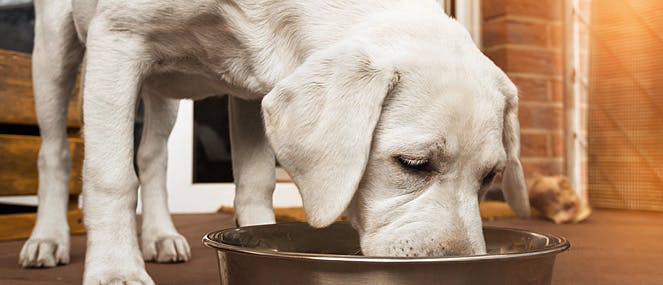
- A Guide To Perfect Your Pet's Health/
- Manage Your Dog's Digestive Health/
- Antiobiotic and Probiotic use in pets


Antibiotics
Often referred to as antibacterials, antibiotics are any substance used to treat bacterial infections. They have little or no activity (in the case of viruses) against other nasties such as fungi, protozoa and viruses.
Antibiotics work in one of two ways, they kill bacteria, or they inhibit their ability to grow allowing the host’s immune response to deal with the infection.
The first and most famous antibiotic, penicillin, was discovered in 1928 by Alexander Fleming who noticed that the naturally occurring fungus Penicillium rubens disrupted the growth of certain bacterial cultures.
These days antibiotics come from a range of natural, synthetic and semi synthetic sources and vary from one another in the spectrum of bacteria that they work against. Like any pharmacological product developed for human or animal use they undergo strict research and development involving years of testing before being able to be registered for sale.
Occasional side effects are seen either in direct response to the drug itself, or the disruption of naturally occurring flora (resident bacteria).
Probiotics
Probiotics have been defined as “live microorganisms that, when administered in adequate amounts, confer a health benefit on the host”. While the health benefits of fermented cheese and other products have been advocated since the time of the Romans and Greeks, the term Probiotics and their wider use has only come about recently.
Probiotics are generally orally ingested and most of their health benefits take effect in the gastrointestinal tracts. These include:
- The normalising of gastrointestinal flora, or resistance of the build-up of bad flora,
- The exclusion of pathogens,
- The control of transit of digesta through the gastrointestinal tract, and
- The regulation of pH
There are a number of bacterial species described as probiotics with the most common ones from the genera Lactobacillus, and Bifidobacterium.
While Antibiotics and Probiotics are often compared to one another they are often used to compliment the other. Probiotics are often used in patients who have been on antibiotics and may have disrupted the resident flora.
Other areas of use for probiotics include:
- The maintenance of normal digestive health
- Aiding in digestion
- Maintenance of a balanced gut flora in young animals, stressed animals or those animals that undergo a change in their environment or diet.
Related Product:
- PAW DigestiCare 60
A multi-strain probiotic powder for use in dogs and cats. It contains 7 strains of priobiotic including; Lactobacillus acidophilus; L.delbrueckii subspecies bulgaricus; L.lantarum; L. rhamnosus; Bifidobacterium bifidum; Enterococcus faecium;Streptococcus alivarius subspecies thermophiles.




